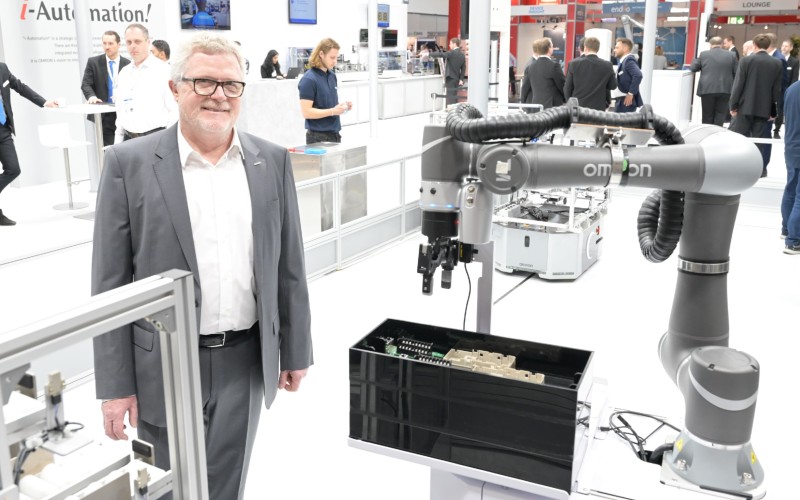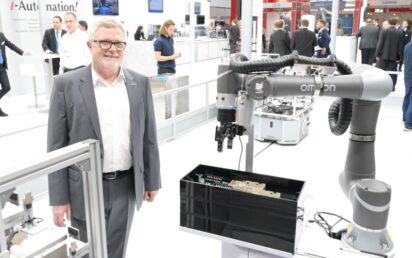In 2023, the manufacturing industries will continue to face many challenges – and riding them out will involve building resilience and flexibility into business models.
At the same time, companies must embrace emerging technologies – sensing, robotics, 5G and artificial intelligence – to help solve the problems they face as a result of societal challenges, says Fernando Colás, CEO at OMRON Industrial Automation Europe.
There is no escaping the fact that inflation will cause the cost of equipment and components to increase in 2023 – and Colás says automation providers will need to focus on providing solutions that neutralise these cost increases.
“Offer a complete and connected solution – not just products,” he says. “All our innovation [at OMRON] is underpinned by the three ‘i’ pillars: integration, or control evolution; intelligence, developing intelligence through ICT; and interaction – human-machine collaboration.”
OpEx rather than CapEx investments
At the same time, many businesses are halting CapEx spending due to the economic climate – inflation is always accompanied by a rise in interest rates, which means it will take longer for projects to yield a return on investment.
However, businesses are aware that they still need to invest in automation to stay on top of their game, keep growing and drive efficiencies, which is contributing to a shift towards CapEx investment models.
“We will see this trend gather pace in 2023 and leasing options that ease the capital investment burden will gain popularity for automation projects,” is Colás’s view. “To assist companies who are considering investing in collaborative or mobile robots, to gain a quick and easy overview of return on investment based on actual data, we have launched a ROI calculator with both OpEx and CapEx options, which also offers financing solutions such as leasing options.”
https://businesscloud.co.uk/factorytech-50-uks-most-innovative-manufacturing-technology-creators-for-2022/
Harmonised automation
Industrial automation has historically been viewed as a replacement for labour. With collaborative robotics and automation, OMRON has moved towards workers and machines working alongside one another.
“We believe that this will evolve into harmonised automation, an approach that will help businesses maximise human capabilities through people-oriented automation technologies,” says Colás. “Accelerating data-driven operations through digitalisation will be key to this business transformation and people empowerment.”
AI-assisted high-speed control, for example, will help less experienced workers to make better decisions. Building more harmonious and stronger relationships between people, machines and the environment will become the main target in automation.
Adapting to autonomous manufacturing
OMRON predicts that the next few years will see the transition from an ‘optimisation’ society, in which consumption is the main driver and quantity is valued more than quality, to an ‘autonomous’ society, which prioritises quality, sustainability and the development and wellbeing of the individual.
It says this trend will play out in the manufacturing space as we move to ‘autonomous’ manufacturing. A decade ago, China was the factory of the world, mass consumption was the main driver for production and very little consideration was given to raw materials usage and the environment.
Today, companies are transitioning away from this mindset towards an approach that prioritises sustainability, the development and wellbeing of the individual, and quality over quantity.
Automation solutions will evolve to reflect this trend, helping manufacturers to achieve carbon neutrality, digitalisation and improved quality of life for staff.
“As a business, we have always held the belief that social challenges drive technological development and vice versa,” says Colás. “This has never been more applicable than today, when we face a myriad of challenges, from climate change to an ageing population and the rising cost of living.
“Ultimately, our aim is to build an efficient production floor where both harmony with the environment and worker satisfaction are achieved.”


